Do you have a question about the Craftsman Professional 315.228510 and is the answer not in the manual?
Introduction to the 10-inch stationary table saw and its key features.
Explains the meaning of various safety symbols used in the manual.
Outlines crucial precautions for safe use, maintenance, and work area setup.
Specifies requirements for using extension cords with the table saw.
Explains the importance and procedure for grounding the table saw.
Explains the main parts like the blade, table, and handwheels.
Instructions for attaching the height and bevel handwheels to the saw base.
Detailed steps for assembling the saw's leg stand structure.
Step-by-step instructions for safely removing and installing a new saw blade.
Overview of the saw's capabilities and initial setup requirements.
Explains common causes of kickback during table saw operation.
Provides methods and practices to prevent kickback incidents.
Introduces helpful accessories like pushsticks and featherboards.
Routine cleaning and checks for the saw's components.
Guidance on cleaning the motor and handling electrical components.
Identifies specific areas requiring lubrication and the type of lubricant to use.
Addresses issues related to the saw failing to start or running noisily.
Solutions for motor performance issues like slowness, weakness, or overheating.
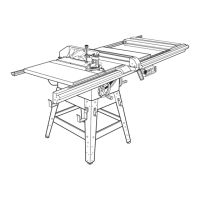
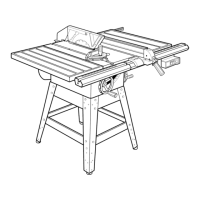
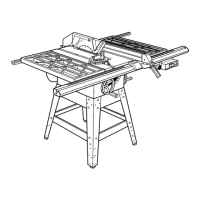
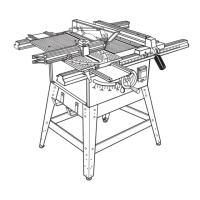


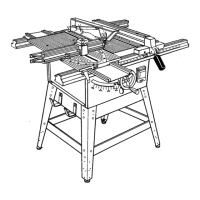
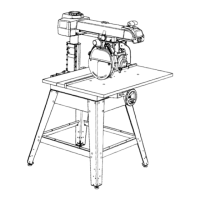
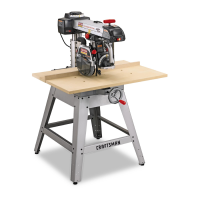
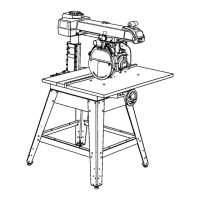
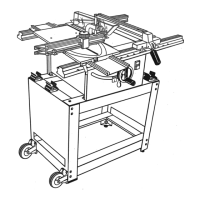
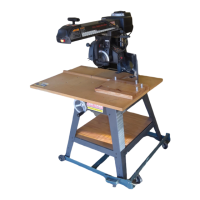
